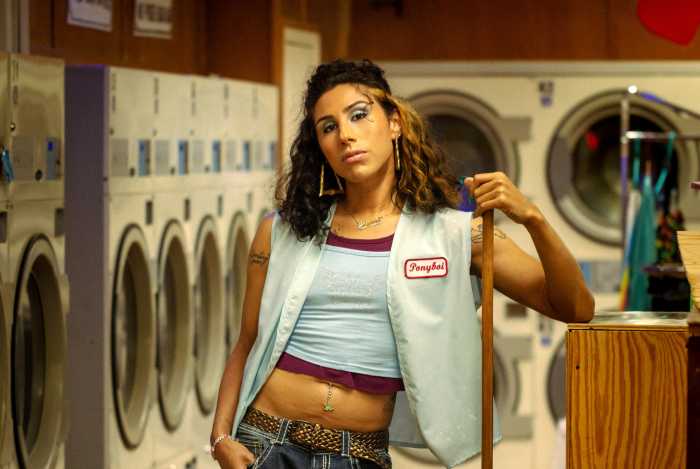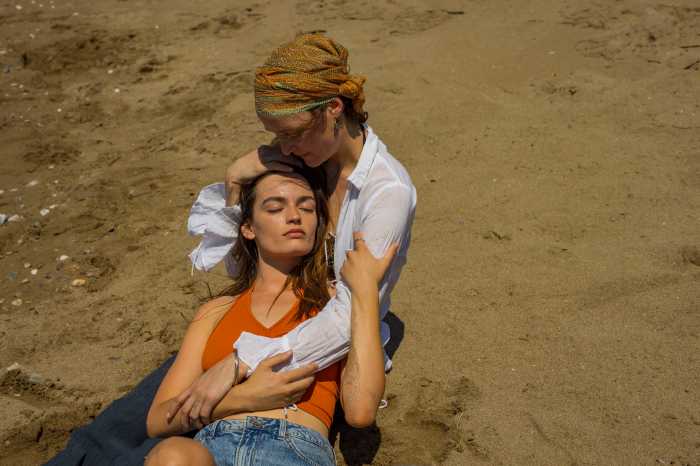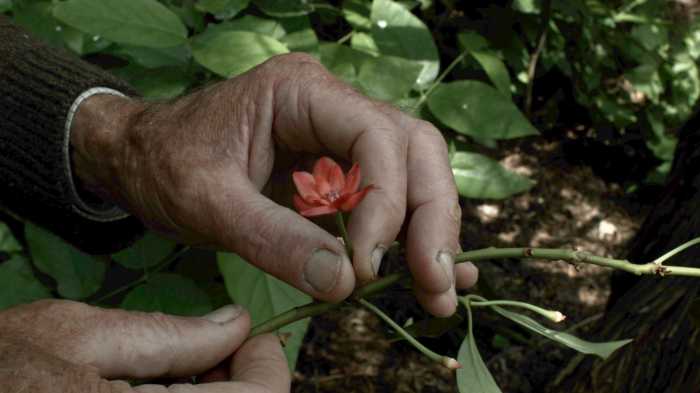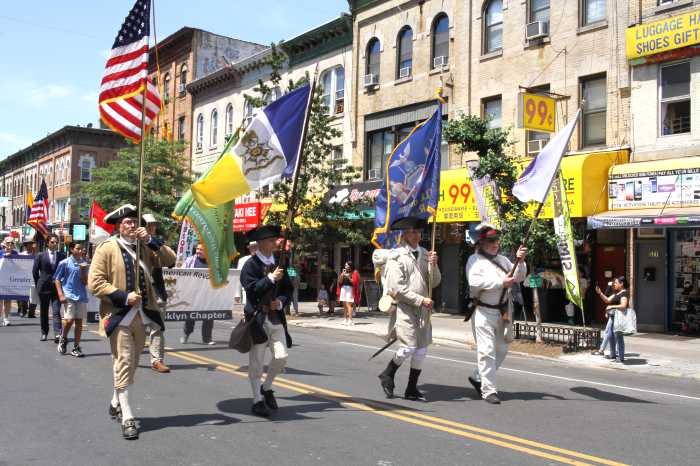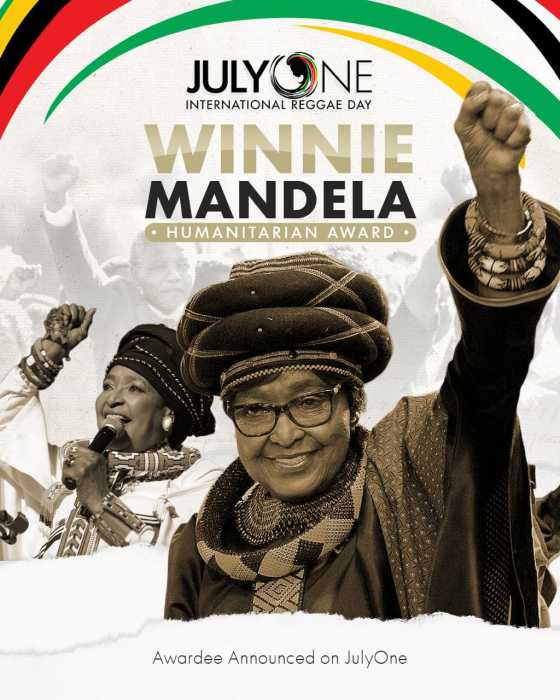Lebanese director Nadine Labaki showed a light touch, skill at directing a female ensemble, and some comic gifts in her debut film, “Caramel.” Those touches remain in her follow-up, “Where Do We Go Now?,” but they’re mixed with sobering reminders of sectarian conflicts in the Middle East.
The word “Lebanon” is never mentioned in the film. One place name is cited, but I assume it’s made up. Although Labaki is Middle Eastern herself, she’s adopted the same strategy as Canadian director Denis Villeneuve’s “Incendies,” which is also set in an unnamed, conflict-ravaged country resembling Lebanon. For both filmmakers, such an approach might be an attempt to get beyond cant and cliché and make a work of art rather than a news broadcast. In any case, no one would mistake the highly stylized “Where Do We Go Now?” for a documentary.
The film begins with a funeral procession of women dressed in black, carrying photos of their late husbands and sons. In the village where “Where Do We Go Now?” takes place, Christians and Muslims have lived together for generations, but conflict has made their lives difficult.
Initially, the film plays these skirmishes for laughs, as when someone replaces the holy water in the Christian church — which lies side by side with the mosque –– with chicken blood. As the film progresses, they become increasingly serious. While the men threaten to take up arms against each other, the women try to keep them from fighting. The mayor’s wife (Yvonne Maalouf) fakes a miracle from the Virgin Mary. When a flyer from a strip club turns up by chance, they decide to hire a troupe of Russian strippers to entertain the men. The town’s sole television is destroyed, so no one will be able to watch the news. However, the largest threat to peace comes when a young boy (Kevin Abboud) is hit by crossfire while driving his motorbike to get food.
“Where Do We Go Now?” makes no attempt to beautify rural Lebanon, which looks rather drab and run-down. Some of the landscapes, captured in long shot, are attractive, but when the priest complains his church is falling apart, his point is evident. The whole village shows the effects of neglect and relative poverty. Labaki is purposefully ambiguous about the time frame, an effect enhanced by the fact that no individual owns a TV, much less a computer.
The film changes moods frequently. Labaki doesn’t always seem in full control of her tone, as when she follows a silly stripper scene with one involving a character’s death. The effect is jarring. Even so, “Where Do We Go Now?” is a musical, featuring performances of three songs. The final song is upbeat and cheerful, but the first two, while sung in Arabic, seem like pastiches of mediocre French pop.
“Where Do We Go Now?” breaks down one stereotype about the Middle East, expressing a view of drugs one might associate more with Amsterdam than a rural village in Lebanon. The women sing a song in praise of hashish, while baking cakes laced with hash and sedatives, which are later served to the village’s men. A major plot point turns around the cakes, which put the men in a pleasant daze that allows the women to sneak away and take actions behind their backs.
Ultimately, the view of human nature expressed in “Where Do We Go Now?” is rather one-dimensional. While it’s true that men are generally more aggressive than women, the track records of female politicians like Margaret Thatcher and the vitriol from extreme right-wing pundits like Michelle Malkin and Ann Coulter suggest that simply keeping men away from guns isn’t a surefire path to world peace and enlightenment. To be fair, there’s some novelty value in a film that patronizes men like they’ve long patronized women.
The film suggests strippers remain (un)dressed for work all the time, but I doubt they all bare their midriffs and legs while doing something no more salacious than riding a bus. Certainly, Labaki makes her points about the nature of men and women without intending them all to be taken literally, but on some level, the film really means what it says, fantasy or not. “Where Do We Go Now?” comes across equally hopeful and naive about the possibilities of peace in the Middle East.
WHERE DO WE GO NOW? | Directed by Nadine Labaki | Sony Pictures Classics | In Arabic and Russian with English subtitles | Opens May 11 Angelika Film Center | 18 W. Houston St. at Mercer St. | angelikafilmcenter.com | Lincoln Plaza Cinema | 1886 Broadway at 63rd St. | lincolnplazacinema.com



